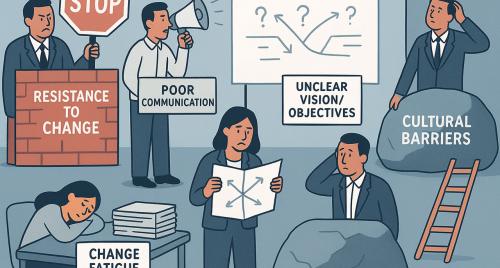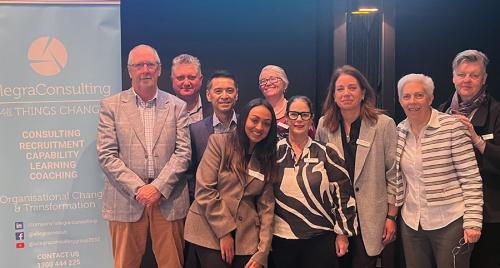
Experiences shape our ability to communicate, and being able to communicate effectively with others is fundamental to success in many, if not all aspects of life. As human beings, communication is part of our genetic makeup and our everyday existence. Without it, how would we be able to interact with others, do our jobs, and complete our never ending ‘to-do’ lists? It is a key interpersonal skill, and learning how we can improve our communication with others can help us to successfully achieve our goals and improve upon everything we do. Communication isn’t just about what we say, but it is also about our tone of voice, the words we use, our different perceptions and our body language. Think about an email or text message you have received from someone that you continually stewed over because of the way it was written. This is why communication is fundamental to our interactions with others and our wellbeing.
We are all so different in the way we communicate and interact with others. When with others, there are times when we may think to ourselves ‘I would never speak to someone like that’, ‘they are so rude in their approach’. However the perception of the person sending the message may be completely different to our own, which is something we need to consider in order to interact effectively. By understanding our own personal interaction and communication style, as well as that of others, can go a long way to helping us to build lasting relationships.
The thoughts and behaviours of individuals can be greatly impacted by the way we communicate both verbally and nonverbally. By understanding our own interaction style, and by becoming more aware of how others perceive us, we can adapt more readily to their style of communicating. We all have core tendencies of our personality that will remain constant throughout our interactions with others, and by understanding our interaction style; we can make others more comfortable by adapting our style and emphasising certain tendencies that resonate with them.
Linda Berens, human and organisational development practitioner and Psychologist, developed ‘Interaction Styles’ to describe the ‘how’ of our behaviour. She describes four different Interaction Styles that comprise of different behaviour patterns and core aspects of our personality. The four styles are: ‘In-Charge’, ‘Behind-The-Scenes’, ‘Chart-The-Course, and ‘Get-Things-Going’. To understand which of these four interaction styles we fall into, Berens highlights two important distinctions that clarify our core way of interacting and communicating with others. These are known as Directing communication versus Informing communication.
The Directing versus Informing styles of communication highlight the powerful polarity in the way we deliver our messages and communicate with others in a range of different contexts and environments. People are generally one or the other, and those who are direct, most often communicate this way with the aim of getting something done in a timely way. Directing is one of either wanting to achieve a result or manifest an envisioned result. There is a sense of urgency that is communicated in their tone of voice as well as their choice of words. Directing communication serves the drives and aims of the in-Charge and Chart-The-Course Interaction styles so people with these styles may unconsciously apply some version of Directing communications even when it is not called for. When delivering a message, they are focused on the task and will say things like “Get some milk”, and “Wash the dishes”.
Informing communicators are informative in their style of communication to gain ‘buy-in’ and leave the option open. The consciousness behind Informing is either one of wanting to get involvement or more information. Informing communications meet the drives of the Get-Things-Going and Behind-The–Scenes Interaction styles so people with these styles may use informing communications regardless of the situational need. They will say things like “We’re out of milk” and “It’s hot inside”. Usually, those who are Direct in the way they deliver messages see Informative communicators as indirect, unclear, and ambiguous; and Informative communicators see those who are Direct as hostile, bullying, aggressive, and dominant. Those who see themselves in the middle of Direct and Informative, and are known to have a ‘Blended’ style of communication, will say things like “We’re out of milk and I was wondering if you could please get us some more?” and “I’ve just ordered some more reports, when they get in would it be ok if you could please pick them up from Reception?” (Berens, 2014).
Berens (2014) puts forth that depending on the situation, you may need to adapt your style to communicate in a Direct or Indirect way to deliver the message appropriately to the person you are communicating with. However, because we naturally have a preference for one type of communication over the other, we tend to be blind sighted by the situational and individual need and communicate how we naturally prefer. So when communicating and talking to someone else, don’t always say the first thing that pops into your head. Instead, take a moment and pay close attention to what you are intending to say and how you use your words and tone of voice to say it. Focus on the true, underlying meaning of what you want to say, and attend to the individual’s needs, because the way you communicate a message and the words you use can have a lasting impact on the recipient of your message.








